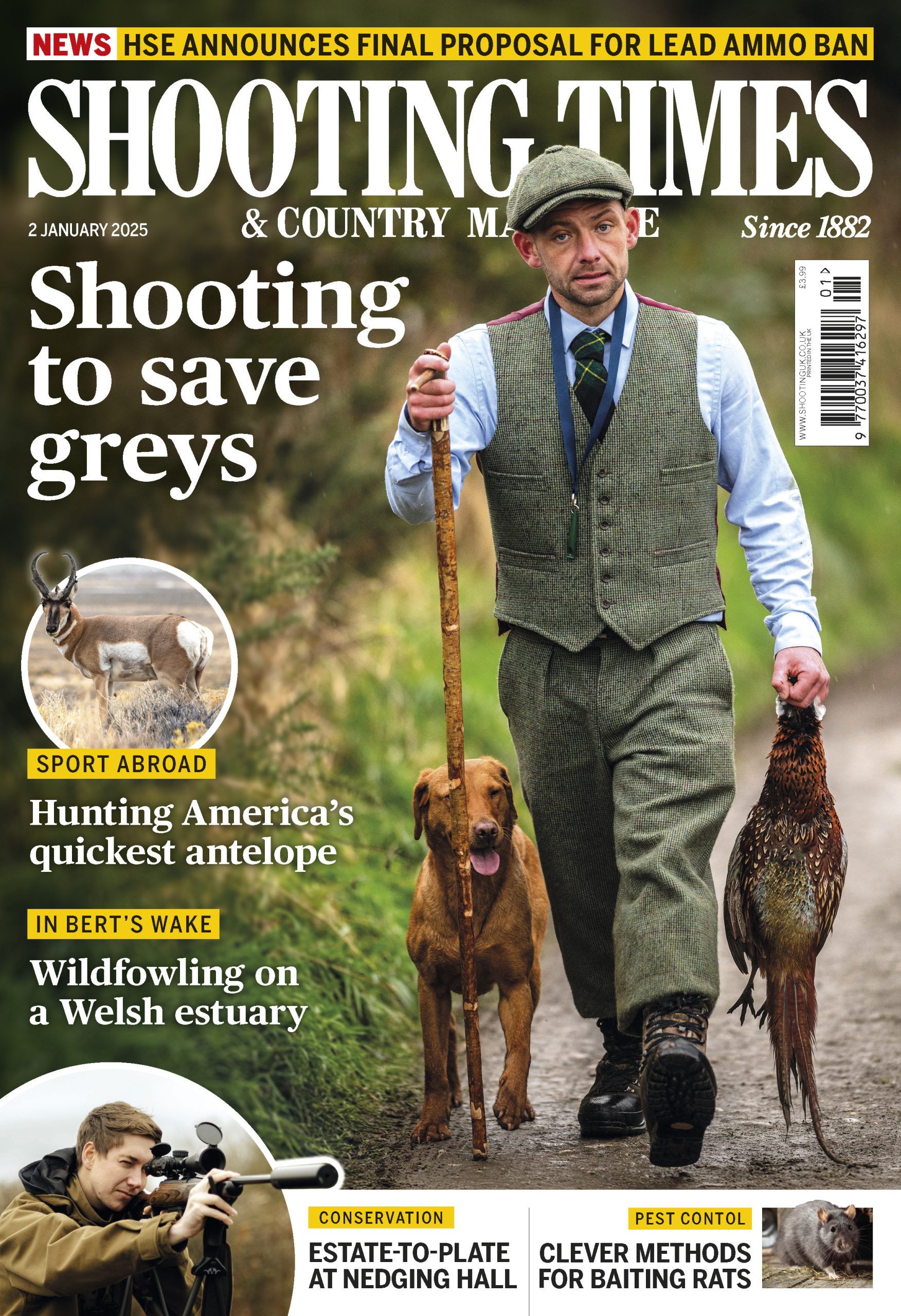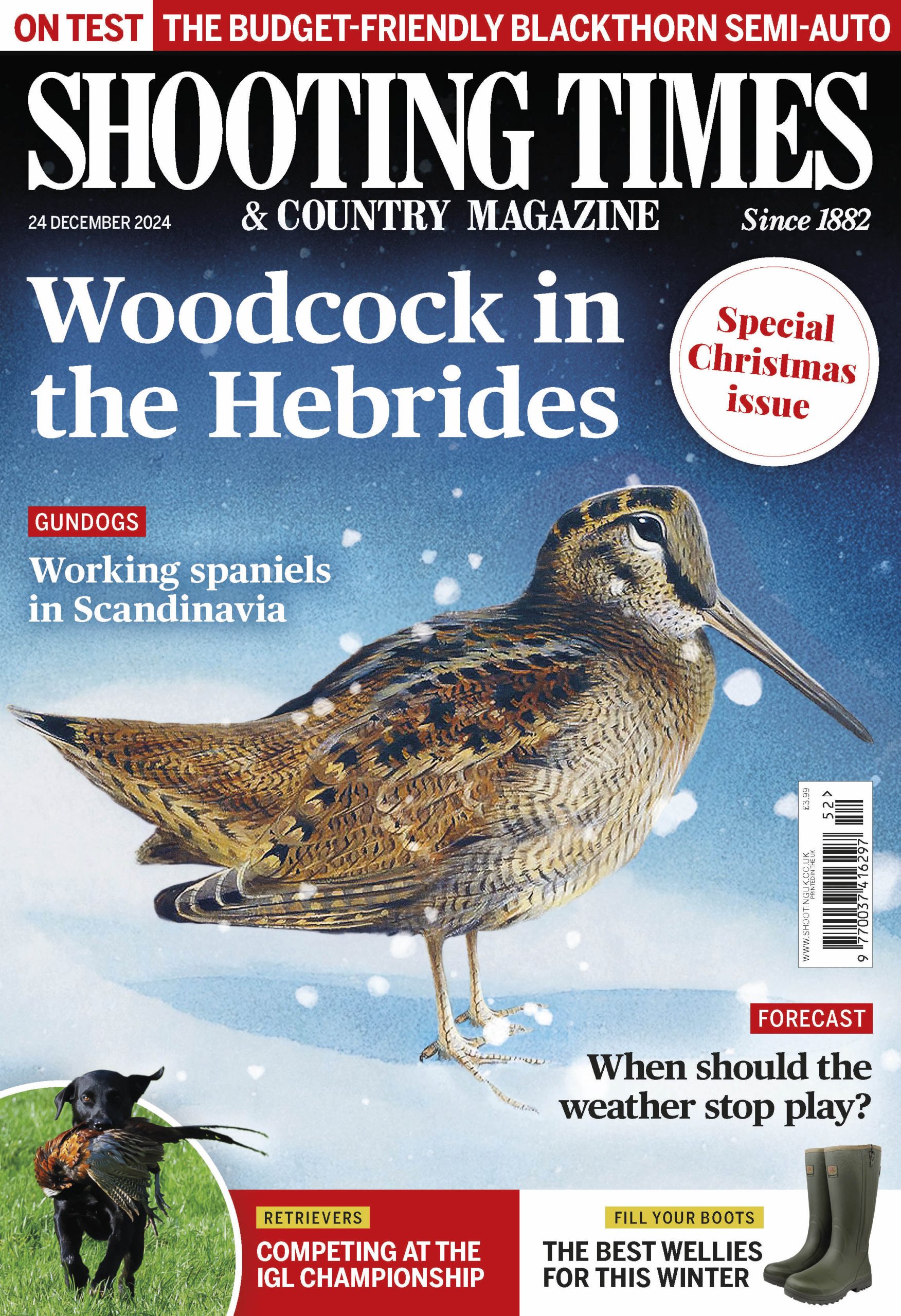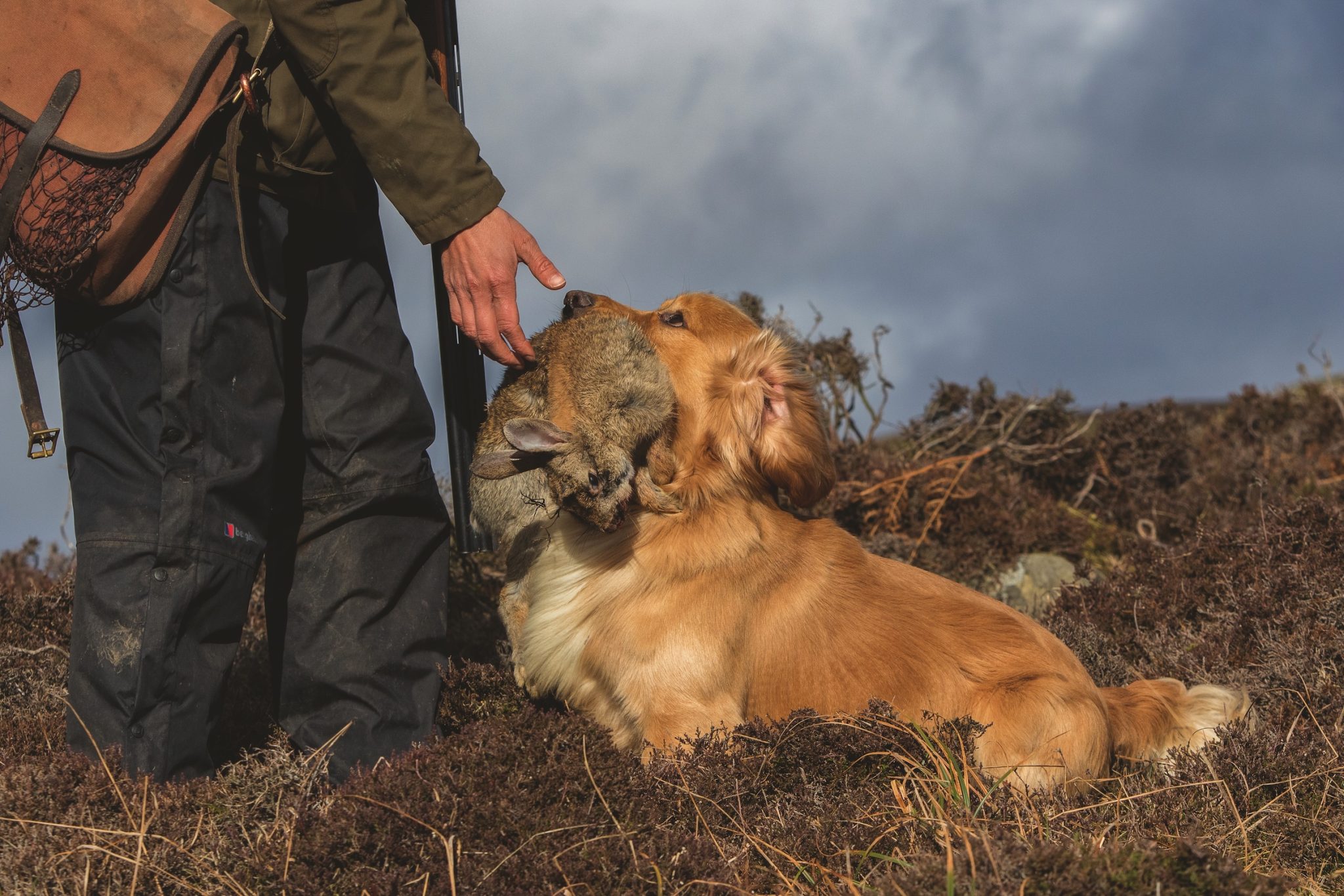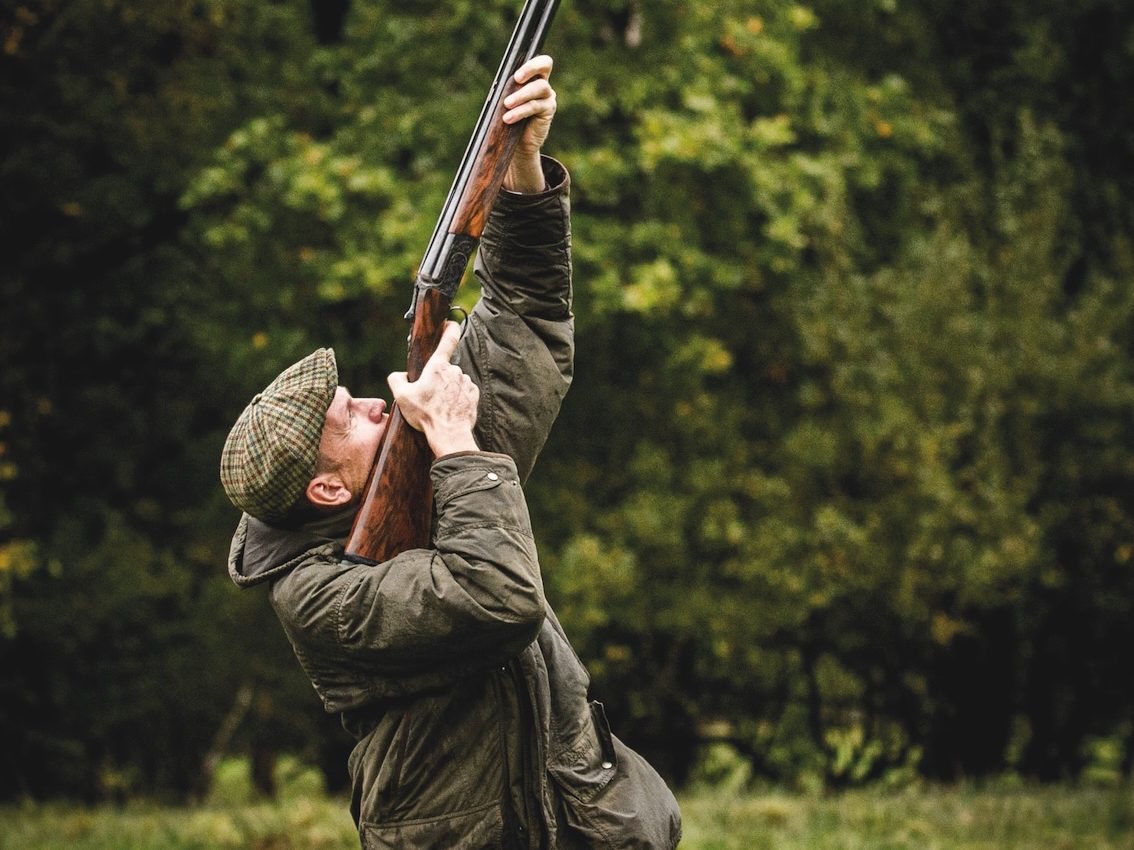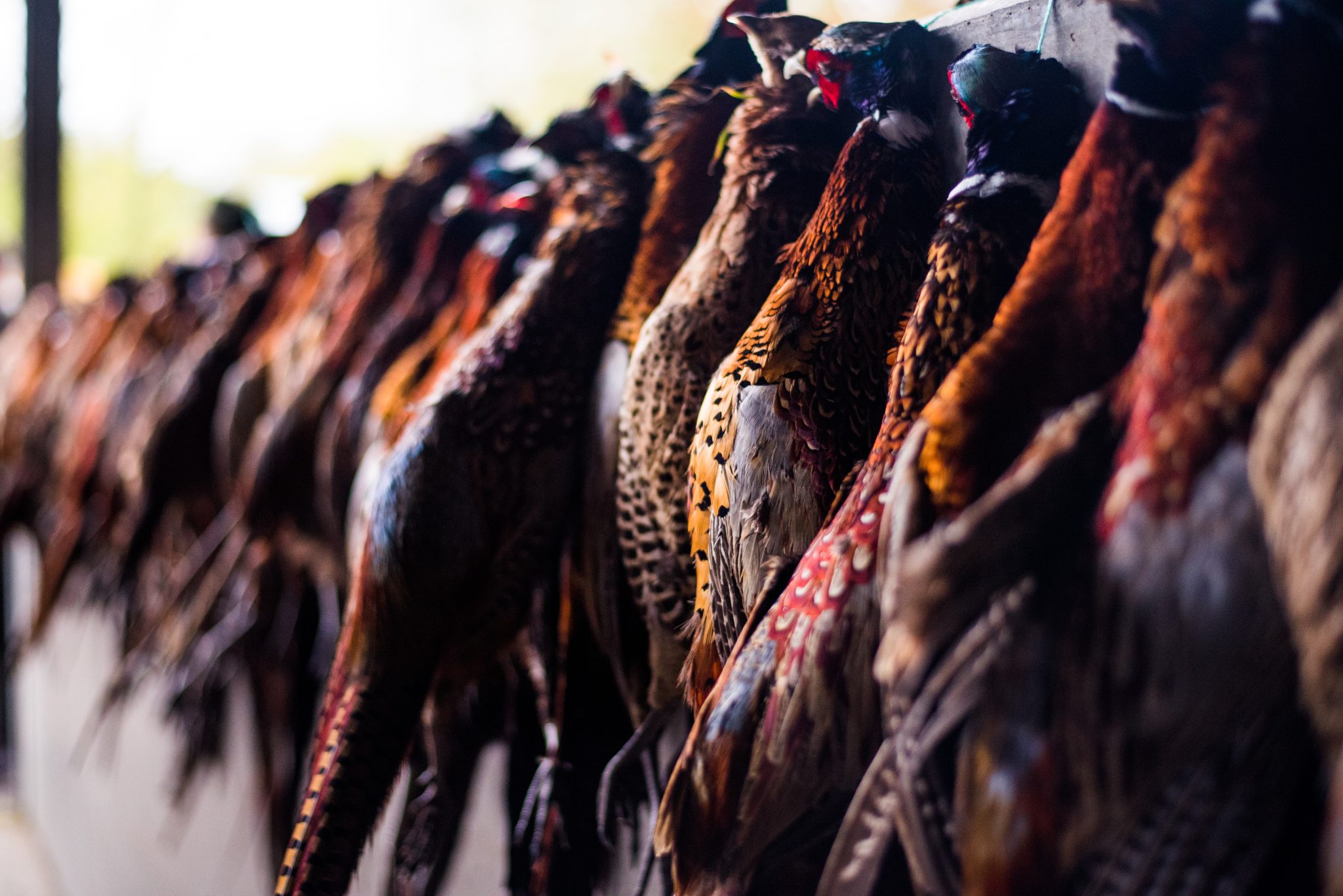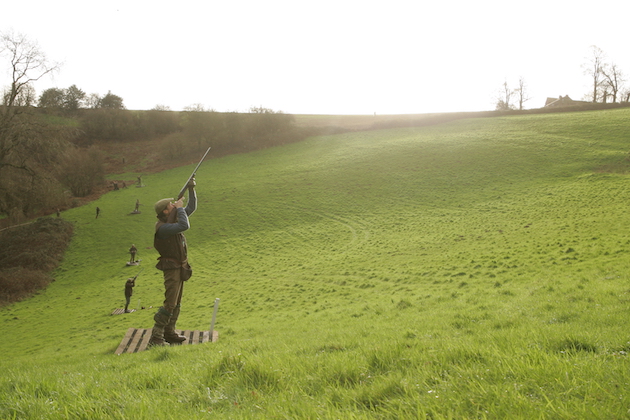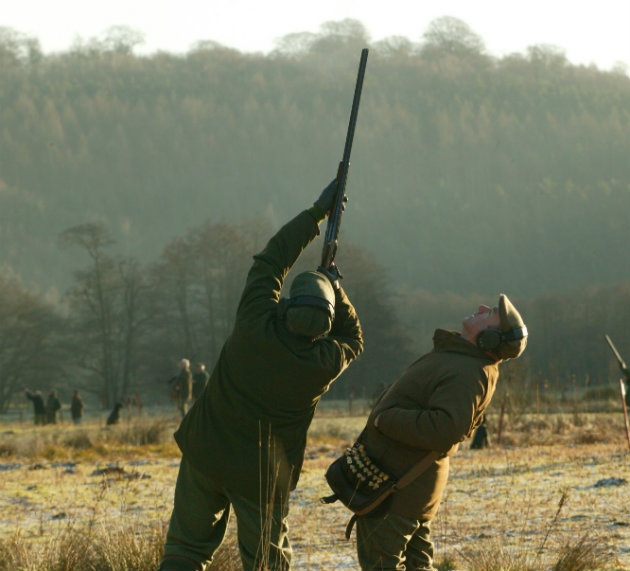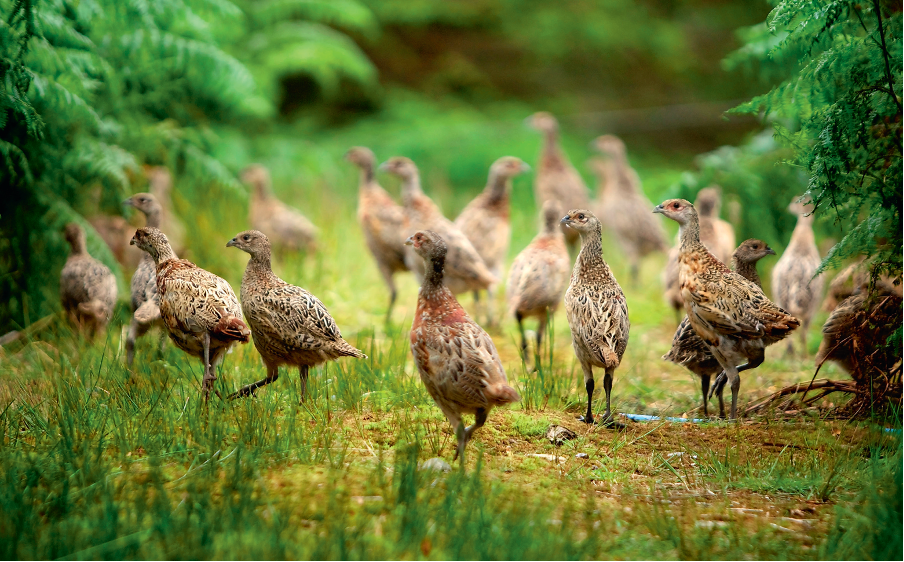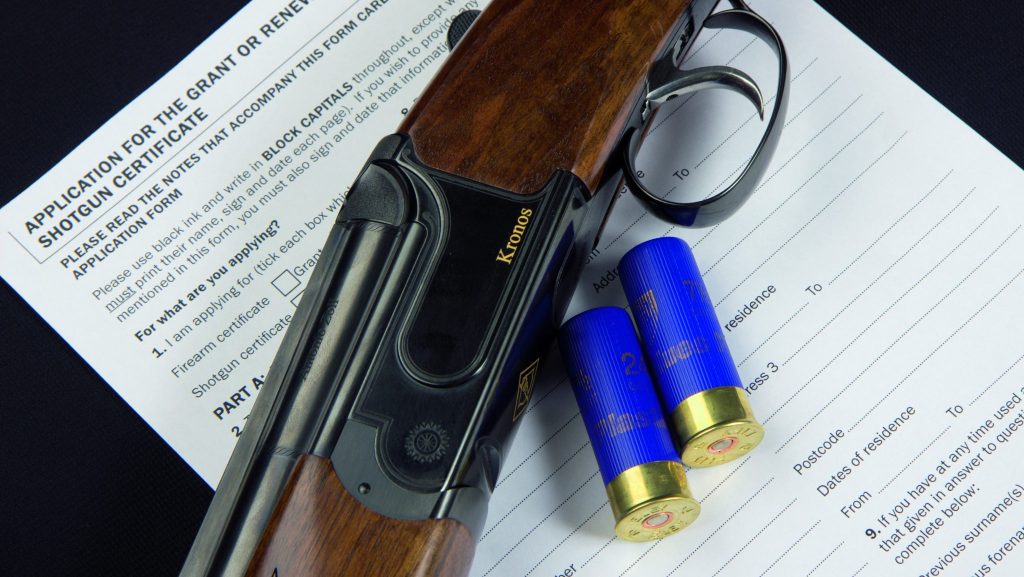I noticed something last season. I saw some fellow Guns shooting birds at extreme range – higher than 60 yards…
Win CENS ProFlex DX5 earplugs worth £1,149 – enter here
Trouble hitting high birds?
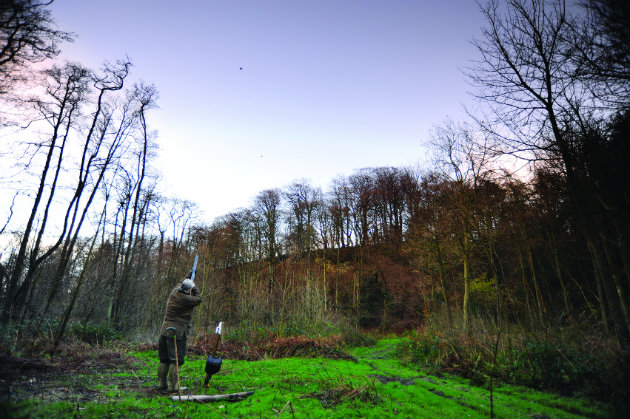
A: If there is one question I get asked time again, it’s about hitting high birds. The first thing is to know your range; I often see people shooting at things that are out of range. We have a duty to only shoot at what we think is killable. The second thing is to be realistic about your ratio. I spend 100-plus days per season teaching people on live game at many of the UK’s top shoots and as a result I get to see and teach many of the top guns. Most of them are indeed very capable shots but not even they can kill the high birds consistently. In fact I have seen some of them, myself included, have some shockers.
There are, however, certain things you can do to stack the odds in your favour…
Gunfit and gunmount
The gun must fit like a glove and you must have a rock-solid mount that is totally consistent. You should be able to stand and shoot a pattern plate, putting pattern on top of pattern with no variation or inconsistencies.
Choke and trigger pulls
I use Teague chokes to regulate all my clients’ guns to ensure they are shooting the correct cartridge and choke combination. Many people shoot with way too much choke, which has the effect of deforming patterns. The best high-bird gurus spend hours patterning cartridges and guns. A frequently overlooked problem is excessive trigger pulls. Have them checked regularly to make sure they are not too heavy or too light.
Cartridges and recoil
There is no point in taking a knife to a gunfight. Yes we have all seen stratospheric pheasants killed with a 28g 7, but those instances are the exceptions that prove the rule. For extreme birds I shoot a No.4, which is a continental shot size so is actually a 3.5. And you can use a 36 gram load or even more if you wish. But please beware of recoil. If I hit you in the face as you squeeze the trigger, the shot is unlikely to go where you want. A cartridge that recoils a lot will have the same effect. Many modern guns are back bored to reduce recoil, but when used in combination with fibre wads there is a loss of pressure, resulting in less overall striking energy.
Timing and footwork
Most people end up shooting high birds either too early or too late. There is a point at which the bird is closest and most vulnerable and it’s usually around 11 o’clock. This is the perfect place to make the shot. To do this, the shot needs to begin at around 10 or 10.30. Most only make the decision to start the shot at 11 o’clock, resulting in the trigger being pulled too late.
Your footwork is used to make sure your body doesn’t run out of movement or fight against itself. Correctly positioning your feet will result in freedom of movement, but this position must match your timing mentioned earlier.
Reading the line and connection
Correctly reading the line is vital in order to assess what the bird is doing. Staying on line is linked to footwork and timing. Making sure there is a well-timed visual connection between your muzzles and the target is important.
Practice and instruction
High birds are notoriously difficult to practice but some of the shooting schools are able to present super-high targets. An hour or two spent with a good quality instructor will never be wasted.
Shooting at clays is one thing but taking a good instructor into the field should not be dismissed. How do you think many of the greats got where they are? You don’t see the likes of Phil Mickelson or Andy Murray leaving their coach at home during a tournament.
Three guns for high pheasant shooting
When it comes to shooting high pheasants the most important thing is having experience. Lead is important. However maintaining a…
Related Articles
Get the latest news delivered direct to your door
Subscribe to Shooting Times & Country
Discover the ultimate companion for field sports enthusiasts with Shooting Times & Country Magazine, the UK’s leading weekly publication that has been at the forefront of shooting culture since 1882. Subscribers gain access to expert tips, comprehensive gear reviews, seasonal advice and a vibrant community of like-minded shooters.
Save on shop price when you subscribe with weekly issues featuring in-depth articles on gundog training, exclusive member offers and access to the digital back issue library. A Shooting Times & Country subscription is more than a magazine, don’t just read about the countryside; immerse yourself in its most authoritative and engaging publication.
